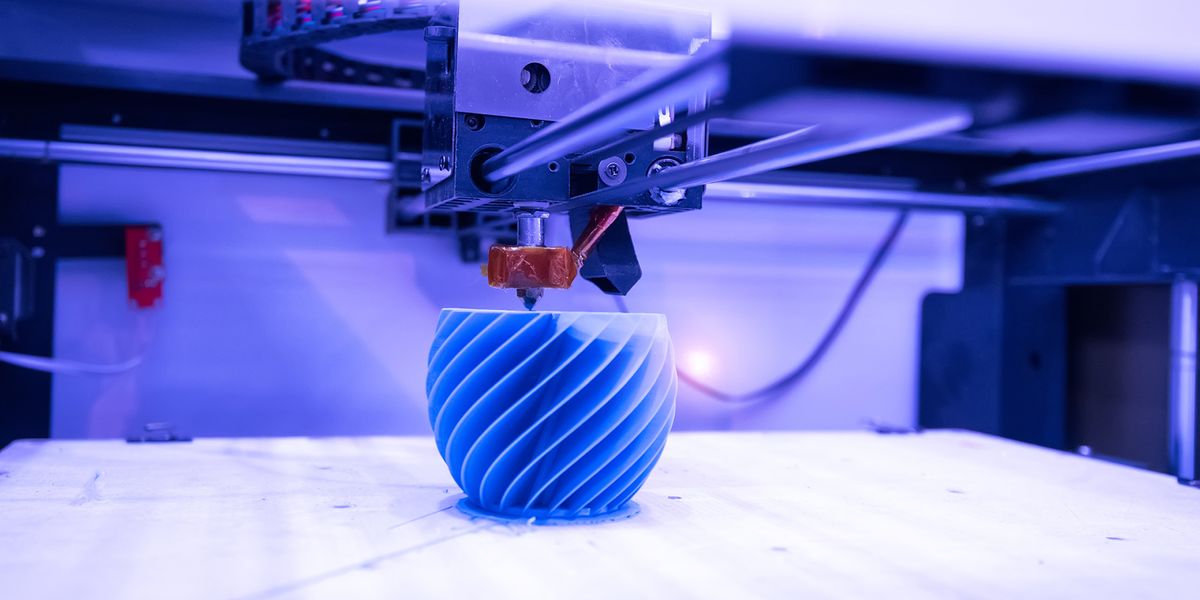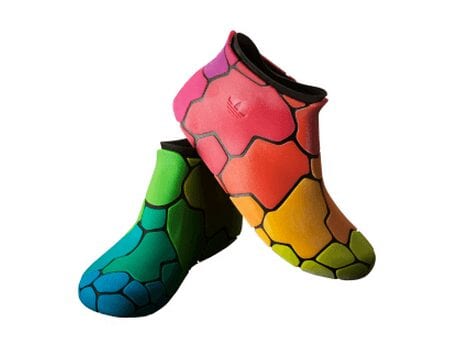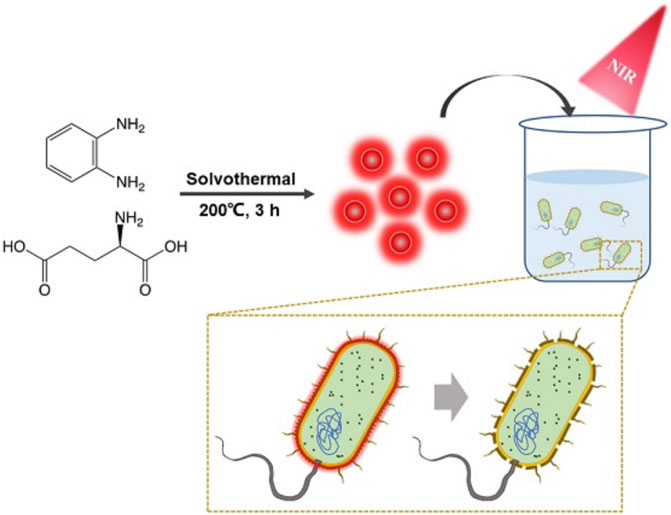
via QUT
QUT researchers have used intersecting light beams to control chemical reactions in an advanced material, paving the way for future use in 3D printers that print entire layers, instead of single points, at a time.
QUT’s Centre for Materials Science interdisciplinary research team, made up of Dr Sarah Walden, Leona Rodrigues, Dr Jessica Alves, Associate Professor James Blinco, Dr Vinh Truong, and ARC Laureate Fellow Professor Christopher Barner-Kowollik, have published their research in Nature Communications.
Dr Walden said light was a particularly desirable tool for activating chemical processes, because of the precision it offered in starting a reaction.
“Most of the work QUT’s Soft Matter Materials Group researchers have done in the past with light has been to use a laser beam to start and stop a chemical reaction along the entire volume where the light strikes the material,” Dr Walden said.
“In this case, we have two different coloured light beams, and the reaction only occurs where the two beams intersect.
“We use one colour of light to activate one molecule, and the second colour of light to activate another molecule. And where the two light beams meet, the two activated molecules react to form a solid material.
“Normally, in a 3D printer, the inkjet moves around in two dimensions, slowly printing one 2D layer before moving up to print another layer on top.
“But using this technology, you could have a whole two-dimensional sheet activated, and print the entire sheet at once.”
Professor Barner-Kowollik said such two colour activated materials are currently very rare.
“This project is about proving the viability of the ink for future generation of printers,” he said.
Professor Barner-Kowollik, whose career is focused on the power and possibilities of light in materials science, was recently recognised with Australia’s highest prize for chemistry, the 2022 David Craig medal, awarded by the Australian Academy of Science.
Professor Barner-Kowollik said one of the challenges of the project was to find two molecules that could be activated by two different colours of light and then have them react together.
“This is where the innovation comes from,” Professor Barner-Kowollik said.
“You want a molecule to be activated with one colour of light but not the other colour, and vice versa.
“That’s not easy to find, it’s actually quite hard to find.”
Dr Truong, after much work, was able to find two molecules that reacted to the lights in the required manner and combined to form a very solid material.
“In our chemical design, both light activated processes are reversible,” Dr Truong said.
“Hence we can control exactly when and where the solid material may form”.
Original Article: Intersecting light beams key in transformative 3D printer potential
More from: Queensland University of Technology
The Latest Updates from Bing News & Google News
Go deeper with Bing News on:
3D printing layers
- UNF, Mayo Clinic partner on 3D anatomy printing course
The course gives biology and engineering students hands-on experience in an emerging field that will help improve patient outcomes.
- Affordable starter home is 3D-printed in just 18 hours
One of the most exciting possibilities of 3D-printed architecture is that it could revolutionize affordable housing. Portugal's Havelar shows this may soon be within reach with its inaugural ...
- These 3D-Printed Clay Coffee Cups Are Disposable, but Can They Save Us From Microplastics?
GaeaStar’s 3D-printed disposable clay cups are available in the US for the first time today, but only at Verve Coffee shops in San Francisco.
- Modix Releases High Capacity Griffin Ultra Extruder for More 3D Printers
Modix continues its quest to optimize large-format FFF 3D printing with their new toolhead, the Griffin Ultra.
- New plastic coating discovery gives greater functionality to 3D printing
Scientists and engineers have developed a new coating for plastic particles that are used in 3D printing, which significantly increases their functionality and opens up new possibilities for ...
Go deeper with Google Headlines on:
3D printing layers
[google_news title=”” keyword=”3D printing layers” num_posts=”5″ blurb_length=”0″ show_thumb=”left”]
Go deeper with Bing News on:
3D laser printing
- Best Budget 3D Printer of 2024
While his main areas of expertise are maker tools -- 3D printers, vinyl cutters, paper printers, and laser cutters -- he also loves to play board games and tabletop RPGs. Expertise 3D printers ...
- Laser-based sensor promises breakthrough in 3D printing
New laser-based sensing technology has been revealed and could change the quality assessment of critical metallic components ...
- Best 3D Printer for 2024
While his main areas of expertise are maker tools -- 3D printers, vinyl cutters, paper printers, and laser cutters -- he also loves to play board games and tabletop RPGs. Expertise 3D printers ...
- Formlabs’ new pro 3D printers claim 2–5x speed by ditching lasers for an LCD screen
Formlabs was one of the early Kickstarter success stories, and its laser-blasting 3D printers are now used by model makers, prototypers, dentists, and maybe even action figure companies around the ...
- Microprinting millions of microparticles in the blink of an eye through multi-photon 3D laser printing
A multi-photon (7×7)-focus 3D laser printer based on a 3D-printed diffractive optical element and a 3D-printed multi-lens array. Credit: Light: Advanced Manufacturing (2024). DOI: 10.37188/lam ...
Go deeper with Google Headlines on:
3D laser printing
[google_news title=”” keyword=”3D laser printing” num_posts=”5″ blurb_length=”0″ show_thumb=”left”]










